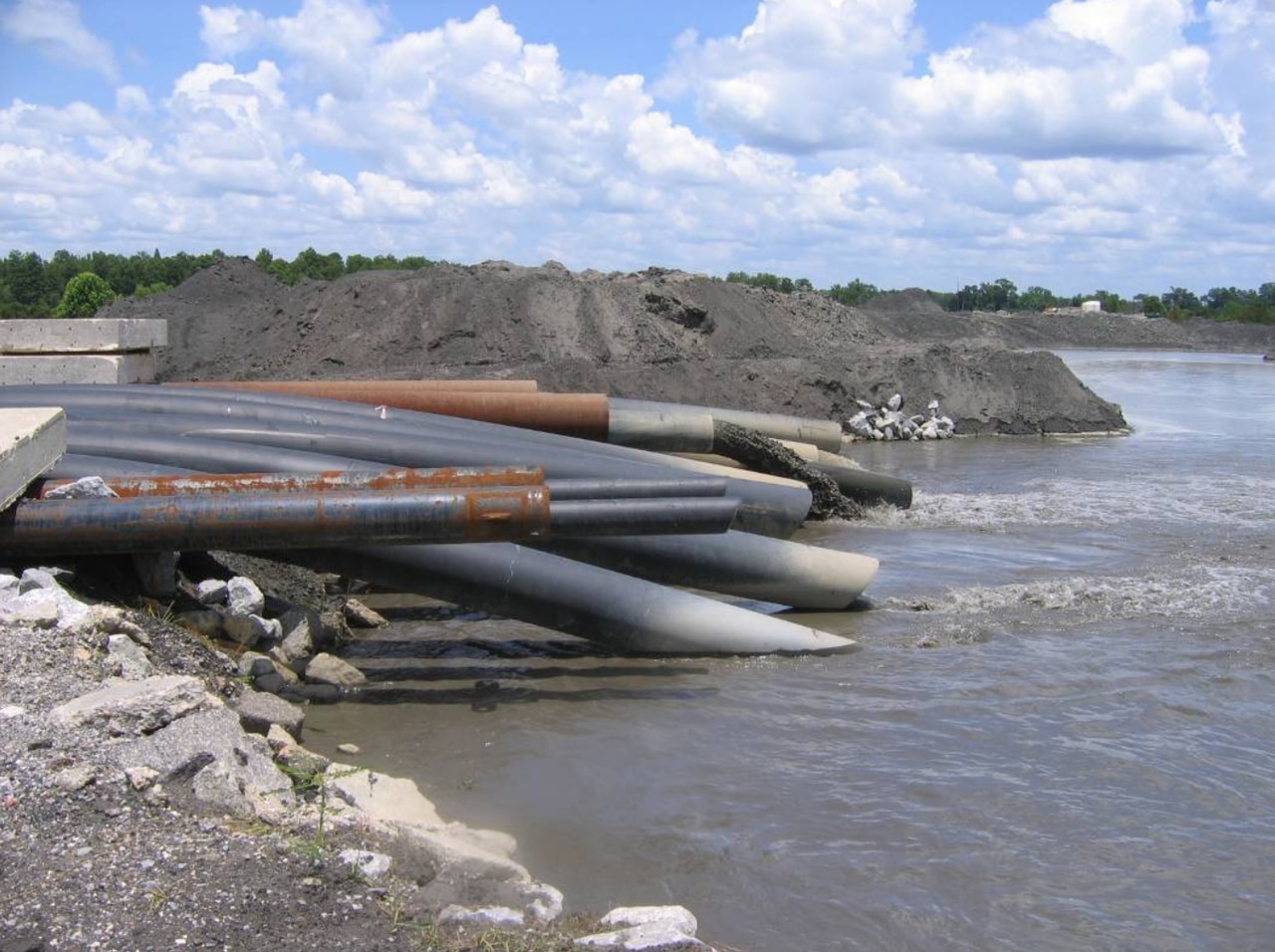Alabamaâs billion-dollar coal ash battle with EPA: What you need to know
Alabama is awaiting a final decision from the U.S. Environmental Protection Agency on whether the state can allow millions of tons of coal ash to remain in unlined ponds on the banks of rivers.
As AL.com reported this week in a 3-part series, state utilities, government agencies, and environmental groups are anxiously awaiting the EPA’s final decision and anyone who pays an electric bill in the state could be impacted by rate increases.
Here what you need to know:
1. The EPA’s decision will have a huge impact on the state. Removing the coal ash and moving it to lined landfills could cost billions more than the state’s plans to leave the ash in place with a cover on top.
Leaving the ash in place could mean indefinite pollution of Alabama’s groundwater with substances like arsenic, lead, mercury and other toxins, and leave the possibility of a catastrophic dam breach like the one that occurred in 2008 at a TVA ash pond in Kingston, Tenn.
2. The EPA already sent strong signals that the ash has to go. In August, the EPA made a preliminary decision that Alabama’s state program for allowing utilities to close coal ash ponds did not go far enough.
“Under the federal regulations,” the agency said, “surface impoundments cannot be closed if, once closure is complete, the coal ash continues to be saturated by groundwater.” All of Alabama’s coal ash ponds appear to be in contact with groundwater, based on engineering reports from the utilities and outside advocacy groups.
In the coming weeks, the EPA will either finalize or revise its rejection of Alabama’s program.
3. That means, if the EPA maintains its position, then all of Alabama’s ash ponds would have to be dug out, with the ash moved to lined landfills — even two ash ponds where utilities have already capped and covered the coal ash according to the state permits.
4. The state says the EPA moved the goalposts. The Alabama Department of Environmental Management argues that its permit program is as protective as the federal rules and that ADEM cannot force utilities to dig out coal ash.
“ADEM does not and cannot dictate to the power companies what method they must use,” ADEM Director Lance LeFleur wrote in a guest opinion column for AL.com.
5. The costs of any cleanup are likely to be significant. A 2020 Alabama Power estimate placed the cost of cover-in-place coal ash closures at $3.3 billion — and that was the cheap option. That didn’t include excavating or removing the ash. It also didn’t include ash ponds managed by TVA and PowerSouth.
Alabama Power has not released any cost estimates on how much removal might cost, though the cost could be much higher.
6. If the EPA holds its course, customers all over the state could end up footing the bill.
In some states, legislators or utility commissions required that utilities pick up some of the costs of coal ash cleanup instead of passing those expenses on to customers. That decision will be up to the Alabama Public Service Commission, which has said it is premature to comment.
For more details, see the full series:
Part 1: Alabama in billion-dollar coal ash showdown with EPA
Part 2: Alabama already covered two coal ash ponds in place. Now we may have to dig them up anyway
Part 3: Who would pay for coal ash cleanup? You or the power company?
